













The Paragon Of Metal Detecting
Powered By Sispro1
British Sterling Currency - Numismatics,
Half Sovereign
For Reference ONLY
Everything For The Detectorist
George IV 1820- 1830 AD
Royal Monarchy
Copyright All Rights Reserved by Nigel G Wilcox E-Mail: ngwilcox100@gmail.com
Designed by Nigel G Wilcox

INFORMATION - DATA
Pages
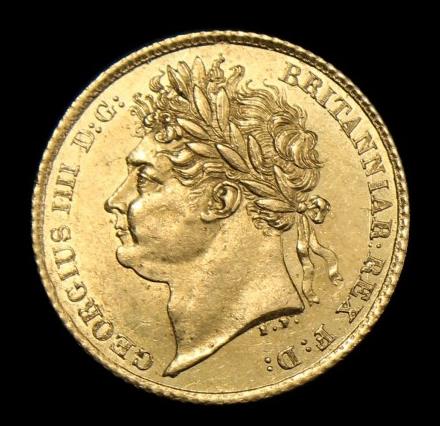
Half Sovereign
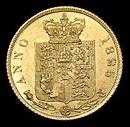
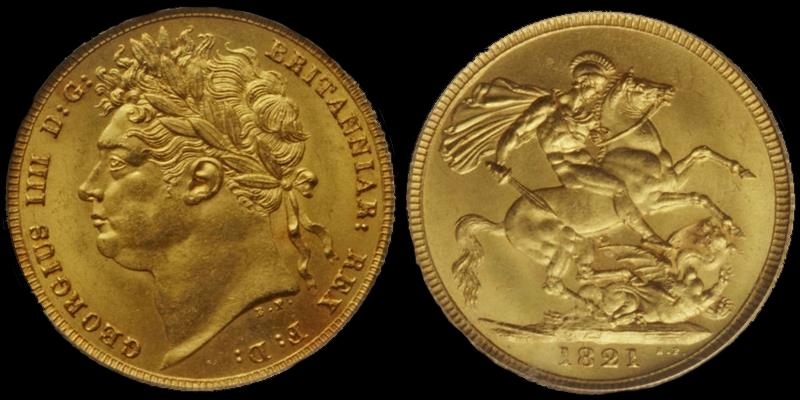
Type II
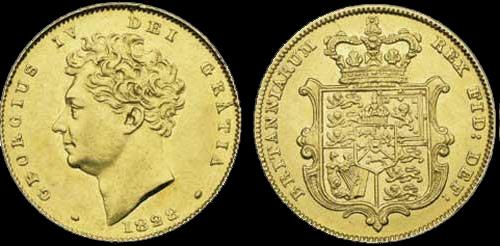
TypeIII
[TypeIII] George IV (1820-30), gold Half-Sovereign, 1828, bust left without extra tuft of hair by ear, date below, GEORGIVS IV DEI GRATIA, rev. crowned quartered shield of arms, BRITANNIARUM REX FID: DEF: (Marsh 409; S.3804). Some nicks and surface marks, pleasing extremely fine.
The Latin legends translates on obverse as "George IV by the Grace of God," and on the reverse as "King of the Britains, Defender of the Faith."
After 1915 currency half -sovereigns were not issued by the Royal Mint until 1982 when the first bullion half-sovereign issued only for that year.
The year 2000 was of particular interest to half-sovereign enthusiasts, because for the first time since1982 a bullion type half-sovereign was struck and continued to be struck yearly ever since.
The Reign of King George IV (1820-1830) House of Hanover.
Born: 12 August 1762.
Accession: 29 January 1820.
Married: Caroline of Brunswick 8 April 1795 later separated and banned from attending the Coronation.
Coronation: Thursday, 19 July 1821.
Child: one daughter Charlotte who predeceased her Father 6 November 1817.
Died: 26 June 1830, aged 67.
King George IV (1763-1830) succeeded to the throne upon the death of his father George III on 29 January 1820. Three types of half-sovereigns were issued during his reign.
The first half-sovereign (Type 1) was issued by the Royal Mint only for the year 1821 and it was a splendid example of both engraving and design by Pistrucci. It carried a magnificent laureate head bust of the King, and its reverse featured the Ensigns Armorial of the United Kingdom garnished and surmounted by a large crown. This coin was quickly withdrawn and possibly melted down. The reason for this was because of its likeness to the current sixpence which was being gilded and passed as a half-sovereign. That explains the high rarity of the coin (R5 M.Marsh).
The half-sovereign (Type 2) was next issued in1823 with the same obverse as in 1821, but with the Ensigns Armorial of the United Kingdom surmounted by a crown, this time shown within a plain square shield on the reverse. This second issue was further struck for the years 1824 and 1825.
The (Type 3) half-sovereign featured the bust of the King bare headed on the obverse. The reverse carried a beautifully garnished shield containing the Ensigns Armorial of the United Kingdom surmounted by the royal crown and the Hanoverian arms within an escutcheon are again placed in the centre of the shield. This lovely reverse was designed and engraved by Jean Baptiste Merlen. Type 3 half-sovereigns were first issued bearing the date 1826 and were also struck for 1827 and 1828.
1821: Mintage 231,288 . Rarity R5
1823: Mintage 224,280 . Rarity R2
1824: Mintage 591,538 . Rarity S
1825: Mintage 761,150 . Rarity N
1826: Mintage 344,830 . Rarity R
1827: Mintage 492,014 . Rarity S
1828: Mintage 1,224,754. Rarity N
In general half-sovereigns have become a great deal more difficult to find these days, and without doubt those of George IV are very hard for the collector to acquire.
The Latin legends translates on obverse as "George IV by the Grace of God," and on the reverse as "King of the Britains, Defender of the Faith."
After 1915 currency half -sovereigns were not issued by the Royal Mint until 1982 when the first bullion half-sovereign issued only for that year.
The year 2000 was of particular interest to half-sovereign enthusiasts, because for the first time since1982 a bullion type half-sovereign was struck and continued to be struck yearly ever since.
The Reign of King George IV (1820-1830) House of Hanover.
Born: 12 August 1762.
Accession: 29 January 1820.
Married: Caroline of Brunswick 8 April 1795 later separated and banned from attending the Coronation.
Coronation: Thursday, 19 July 1821.
Child: one daughter Charlotte who predeceased her Father 6 November 1817.
Died: 26 June 1830, aged 67.
King George IV (1763-1830) succeeded to the throne upon the death of his father George III on 29 January 1820. Three types of half-sovereigns were issued during his reign.
The first half-sovereign (Type 1) was issued by the Royal Mint only for the year 1821 and it was a splendid example of both engraving and design by Pistrucci. It carried a magnificent laureate head bust of the King, and its reverse featured the Ensigns Armorial of the United Kingdom garnished and surmounted by a large crown. This coin was quickly withdrawn and possibly melted down. The reason for this was because of its likeness to the current sixpence which was being gilded and passed as a half-sovereign. That explains the high rarity of the coin (R5 M.Marsh).
The half-sovereign (Type 2) was next issued in1823 with the same obverse as in 1821, but with the Ensigns Armorial of the United Kingdom surmounted by a crown, this time shown within a plain square shield on the reverse. This second issue was further struck for the years 1824 and 1825.
The (Type 3) half-sovereign featured the bust of the King bare headed on the obverse. The reverse carried a beautifully garnished shield containing the Ensigns Armorial of the United Kingdom surmounted by the royal crown and the Hanoverian arms within an escutcheon are again placed in the centre of the shield. This lovely reverse was designed and engraved by Jean Baptiste Merlen. Type 3 half-sovereigns were first issued bearing the date 1826 and were also struck for 1827 and 1828.
1821: Mintage 231,288 . Rarity R5
1823: Mintage 224,280 . Rarity R2
1824: Mintage 591,538 . Rarity S
1825: Mintage 761,150 . Rarity N
1826: Mintage 344,830 . Rarity R
1827: Mintage 492,014 . Rarity S
1828: Mintage 1,224,754. Rarity N
In general half-sovereigns have become a great deal more difficult to find these days, and without doubt those of George IV are very hard for the collector to acquire.
George IV
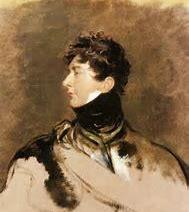
Main Coin Menu

VIEW ALL MENUS
Member NCMD
6. S. Menu
























